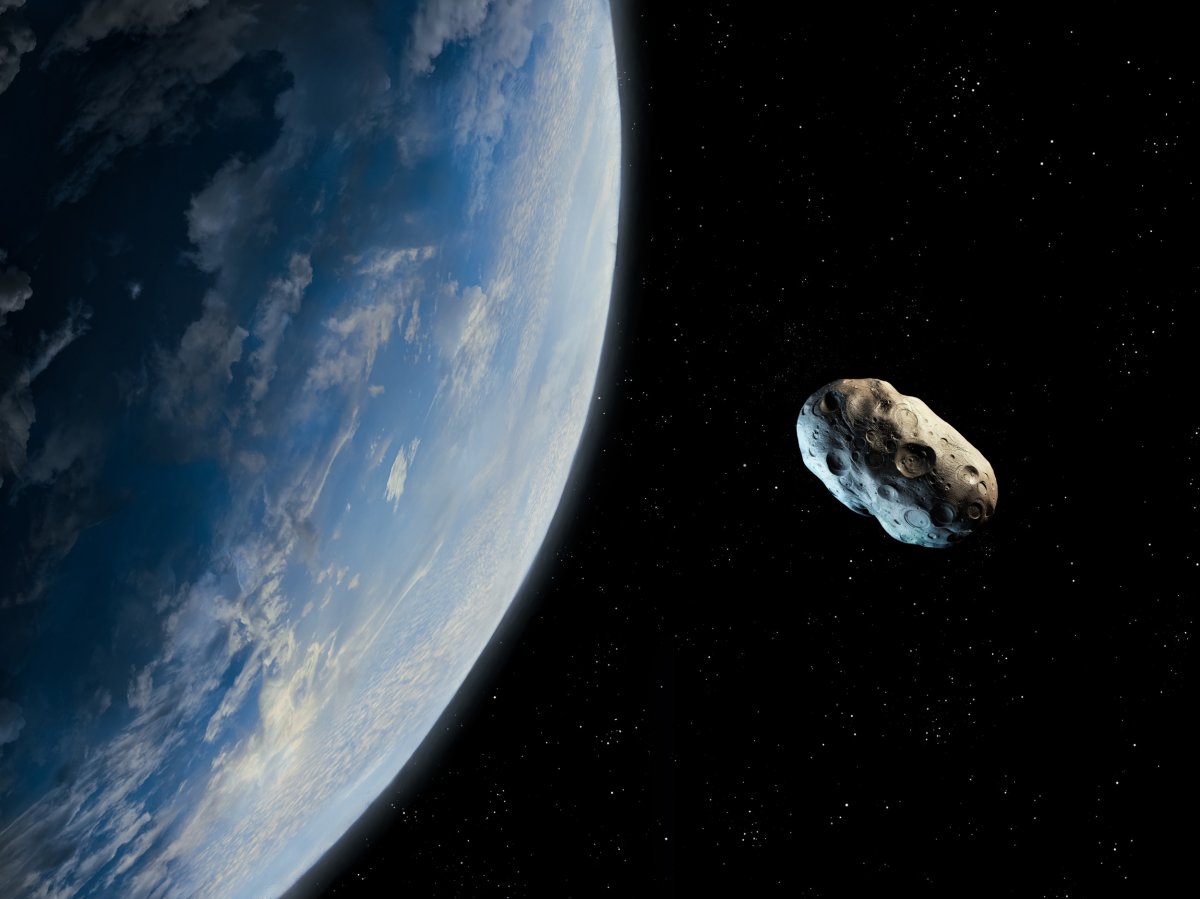At the end of September, the Earth will gain a temporary mini-moon. It will be asteroid 2024 PT5, which will be captured by the gravity of our planet for two months.
What are mini-moons
From time to time, our planet may gain mini-moons. They are near-Earth objects that move along horseshoe-shaped trajectories and approach the Earth with low relative velocity. As a result, their geocentric energy becomes negative for a while. Quite often such objects don’t manage to make a single orbit around the Earth, after which they leave its vicinity.

An example of such a mini-moon is the small object 2022 NX1. It became a temporary moon of our planet twice in 1981 and 2022. Some astronomers have speculated that 2022 NX1 may be a spent rocket stage. But observations haven’t confirmed this theory. We can also mention the tiny asteroid 2006 RH120 with a diameter of only a couple of meters. In 2006-2007, it was a temporary moon of the Earth and managed to make four orbits around it, after which it moved to a heliocentric orbit.
New temporary Earth’s moon
According to astronomers’ calculations, the Earth will gain a new temporary moon in just a few weeks. It will be asteroid 2024 PT5. It was detected on August 7, 2024, by the automated system ATLAS, designed to detect small near-Earth objects before they collide with our planet.
Newly-discovered #asteroid 2024 PT5 is about to undergo a "mini-moon event" when its geocentric energy becomes negative from September 29 – November 25.https://validate.perfdrive.com/9730847aceed30627ebd520e46ee70b2/?ssa=adb7d1f2-519d-4923-95a2-15f9e3148d57&ssb=01304268128&ssc=https%3A%2F%2Fiopscience.iop.org%2Farticle%2F10.3847%2F2515-5172%2Fad781f&ssi=8589767d-cnvj-4f0f-8af0-6a32ed7c921d&[email protected]&ssm=74462995334327999108330985134379&ssn=097d9f956990b85df666a817b028ac0bf03658eab839-6f7f-4d22-b74979&sso=07c014b0-35fa802392b11000f3e7184584314e9213e470b63065b3af&ssp=13142938561734087087173401531021812&ssq=89200450812311791419608123956815164782712&ssr=NDYuOTguMTQ4LjE3Mg==&sst=Screaming%20Frog%20SEO%20Spider/21.3&ssu=&ssv=&ssw=&ssx=eyJ1em14IjoiN2Y5MDAwMDYyMjNmNzctNTJiMS00MjE5LWExMzMtMTcyNjgwOGQzYTUyMS0xNzM0MDA4MTIzNjI3MC1hMjNjNmFjNjIwZDQ1MWE0MTAiLCJyZCI6ImlvcC5vcmciLCJfX3V6bWYiOiI3ZjYwMDA2NjA1YmI5My04MTZiLTRiODUtYTZmMi01YTZhNGRjNTc5OWMxNzM0MDA4MTIzNjI3MC1jNDQ5YWZlMjgzZWVmOGY0MTAifQ== pic.twitter.com/pVYAmSbkCF
— Tony Dunn (@tony873004) September 10, 2024
According to researchers’ estimates, 2024 PT5 has a diameter of about 10 meters. On September 29, it will be captured by the gravity of our planet, after which it will become its temporary moon for the next two months. The asteroid will leave the vicinity of our planet on November 25, without having time to make an orbit around it.
Typically in these situations, the question arises as to whether 2024 PT5 is really an asteroid, or whether it is a spent stage. According to scientists, this object is unlikely to be artificial, as its short-term dynamical evolution is very similar to 2022 NX1, whose natural origin has been confirmed by observations.
It should also be said that temporary moons should not be confused with so-called quasi-moons. Quasi-moons are objects that are in 1:1 orbital resonance with a planet. This allows them to remain close to the planet for many orbital periods. However, they are not captured by the planet’s gravity and remain in orbit around the Sun.
According to iopscience


